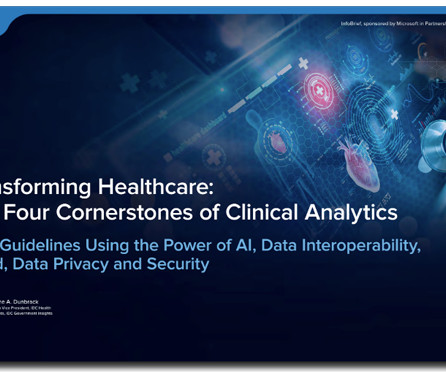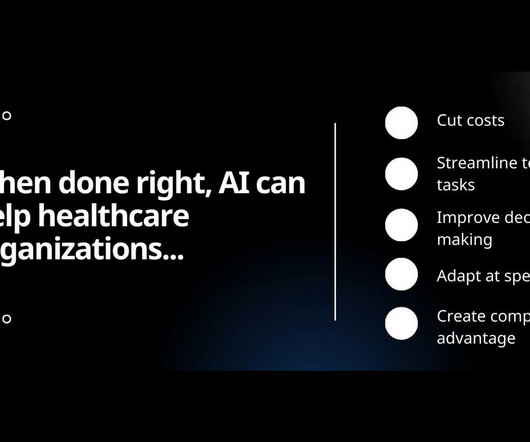Microsoft and Redox team to provide data-backed guidelines for smarter clinical analytics
Redox
SEPTEMBER 13, 2023
Data interoperability addresses challenges that impede clinical analytics The fragmentation of data across disparate clinical systems and devices makes it nearly impossible to form 360-degree patient views to maximize clinical analytics. Our Nexus and Access products simplify interoperability inside and outside of the organization.












Let's personalize your content